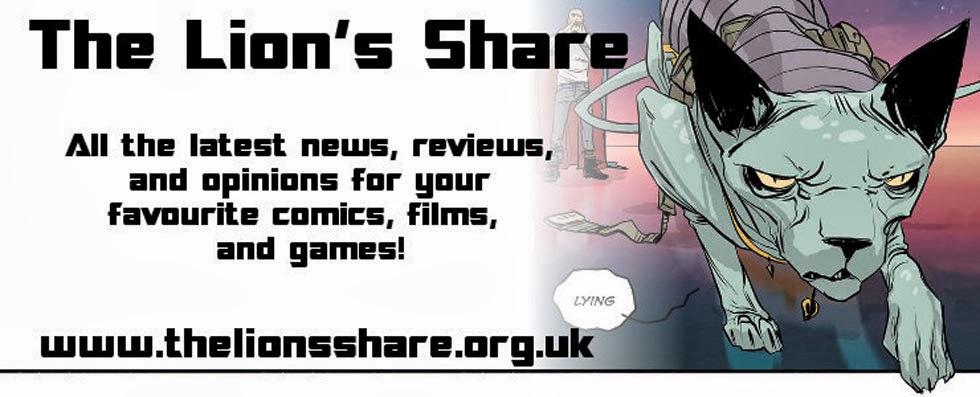As discussed last week, December sees the release of the long anticipated prequel to John Carpenter’s 1982 Sci-fi Horror ‘The Thing’. Although Carpenter’s film was ostensibly a remake of Chris Nyby’s ‘The Thing From Another World’ (1951) (reviewed here last week), critics and fans alike today widely acknowledge Carpenter’s film as the definitive take on the source material, John W. Campbell’s 1938 novella ‘Who Goes There?’

The extent of fans’ passion for Carpenter’s film belies the fact that unlike its 1951 forbear, ‘The Thing’ was a relative box office failure on its original release, turning off audiences who were dazzled by Stephen Spielberg’s ‘E.T. The Extraterrestrial’ and stalling the director’s still burgeoning career. Although Carpenter himself cites ‘E.T.’ as a factor, it is also true that the R rated ‘The Thing’, while innovative, also displayed a level of violence and gore that shocked even horror audiences in the early 1980s.
On settling down to view ‘The Thing’ today, it still unsettles and it is possible to see why it has since become such a cult hit. From the opening scenes, in which a flying saucer crashes to earth and the title appears on the screen in flames, the roots in 1950’s sci-fi b-movies become clear, with a clear homage to ‘The Thing From Another World’ - a childhood favourite of the director’s. The appearance of the name Ennio Morricone, most famous as composer for spaghetti western ‘The Good, The Bad and The Ugly’ also harks back to the director’s early love of westerns and it becomes increasingly apparent that this project is something of a labour of love.

As the titles fade and we cut to an almost silent scene, as a helicopter desperately chases a husky through the Antarctic. There is an immediate sense of jeopardy, with an unsettling edge, as the silence is punctuated only by gunshots, the low thrum of the chopper and the pulsing score. As the chase unwittingly leads to an American scientific research base it quickly becomes clear that the film’s protagonists are a far cry from the largely clean cut military types who populated the 1951 film. The idea of a disparate collection of working men - similar to 1979’s ‘Alien’ - immediately introduces conflict, and as the horror that has emerged from the ice is quickly revealed the struggle becomes all the more desperate because of it.
Although populated by a fine group of character actors, it is Kurt Russell, as helicopter pilot ‘Mac’ MacReady who provides the films focus, and whilst proving to be a magnetic screen presence, he manages to stay just the wrong side of all out heroic, remaining almost an anti-hero as the situation unravels and the situation quickly goes from bad to worse. It is testament to Russell’s skill perhaps that he holds his own against the full horror of Carpenter’s gruesomely realised monster, which is a tour de force of practical effects work, as it rips its way from Husky to man, ever changing, keeping both the crew and audience guessing.

For all this, two standout moments truly mark Carpenter out as a great film maker, the first being the scene in which MacReady administers a ‘blood test’ to the captive crew, which is a remarkable example of nerve shredding tension as we wait for the thing to be revealed as Russell slowly touches a hot wire to the blood samples of his colleagues. The final scene too, is one of the all time great cliff hangers, as the survivors sit, with little or no chance of rescue, still unsure whether or not they are finally victorious.
To say any more would be preaching to the converted and robbing newcomers of the many delights of this masterpiece of sci-fi horror. With the forthcoming prequel only a month away, now is the time to revisit this sci-fi horror classic, with the lights and the heating off, all the better to appreciate the chills.

One final thought - given what we learn from this film about the ill-fated Norwegian research base, it will be very interesting to see how the makers of the upcoming prequel manages to dovetail and homage with Carpenter’s masterpiece.
Robert Barton-Ancliffe is dismayed by the negative reviews for the prequel - and he's not alone!

No comments:
Post a Comment